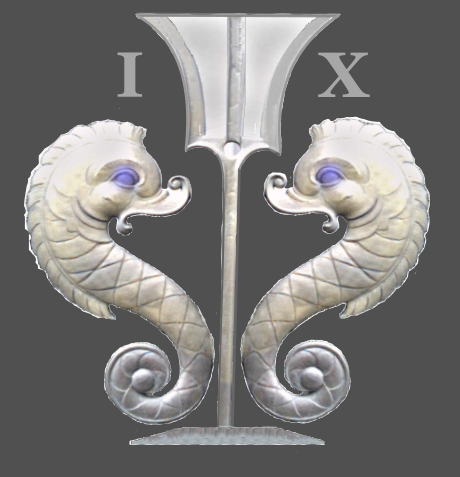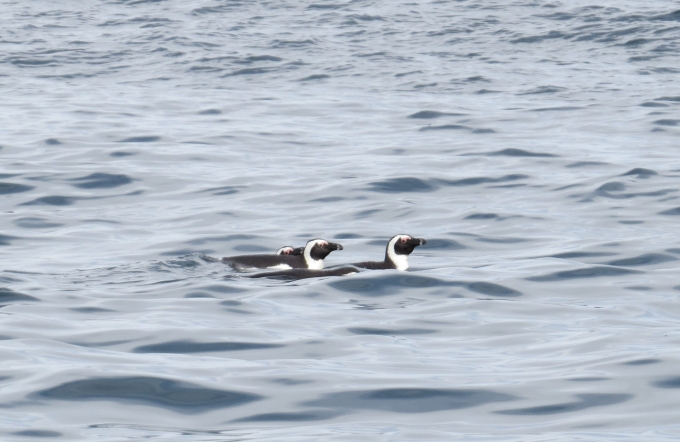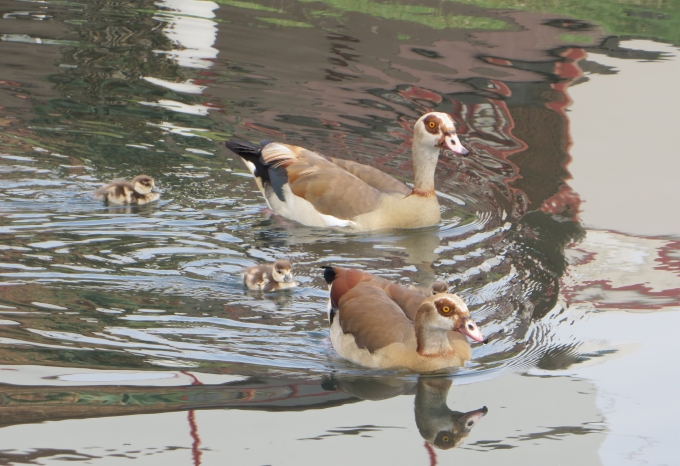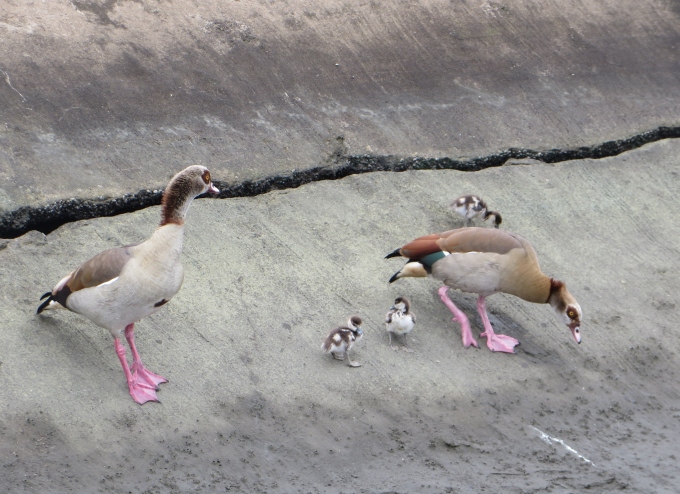Hanging with the Birds - Bird Island, Algoa Bay
/About 35nm east of Port Elizabeth and only about 7 nm from the sand-duned shore of Algoa Bay, lies a small group of islands and rocky outcrops known as the Bird Island Group. It's a protected area and home to South Africa's greatest colonies of Cape gannets, African penguins, roseate terns, Antarctic terns and kelp gulls. There's a seal colony nearby on Black Rocks and consequently, the population of great white sharks abounds in this area as well. We weren't planning to go for a swim.

Actually, we hadn't planned to stop here at all. We'd read about it, but we were aiming for Port Elizabeth. Sometimes when you're sailing (as with other life adventures) you bloom where you're planted and we were planted for the day at Bird Island and it was quite a lovely place. There are birds absolutely everywhere. Rafts of them floated all around the boat, seeming to chat amiably and ignoring us for the most part.
It was alternately overcast and sunny throughout the day. On the boat, we could hear the din of the huge colony of gannets ashore. They seemed to be busy preening or perhaps nesting. They're very social birds. Some would fly off for a lunch break presumably, while others would land midst the flock with a modicum of discontent and squawking from those already settled in.
The jackass penguins were all around the boat, but they were hard to photograph. They're particularly agile and very camera shy. As soon as I appeared on deck with my camera, they seemed to vanish below the surface in seconds. They're called jackass penguins because of the way they bray, much like a donkey. They're also referred to more correctly, I guess, as South African penguins.
The Bird Island Lighthouse is stunning … at least from a distance. Historically, a wooden lighthouse was erected in 1852. It was a pretty remote area with little means of communication. After 1906, this improved a bit when carrier pigeons took messages from the Port Elizabeth Lighthouse to the Bird Island Light. Work on a stone lighthouse began in 1872. The lighthouse has now been fully automated. The last permanent lightkeeper left Bird Island in 1968. Maintenance is now performed periodically by a technical staff which arrives by helicopter.


















